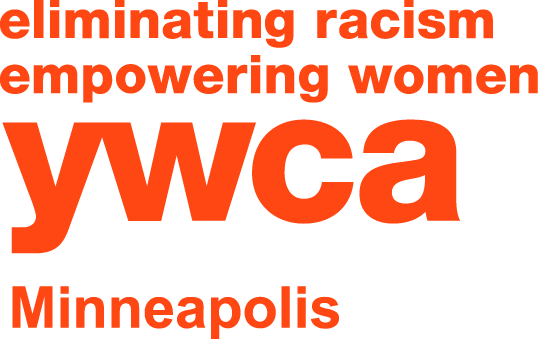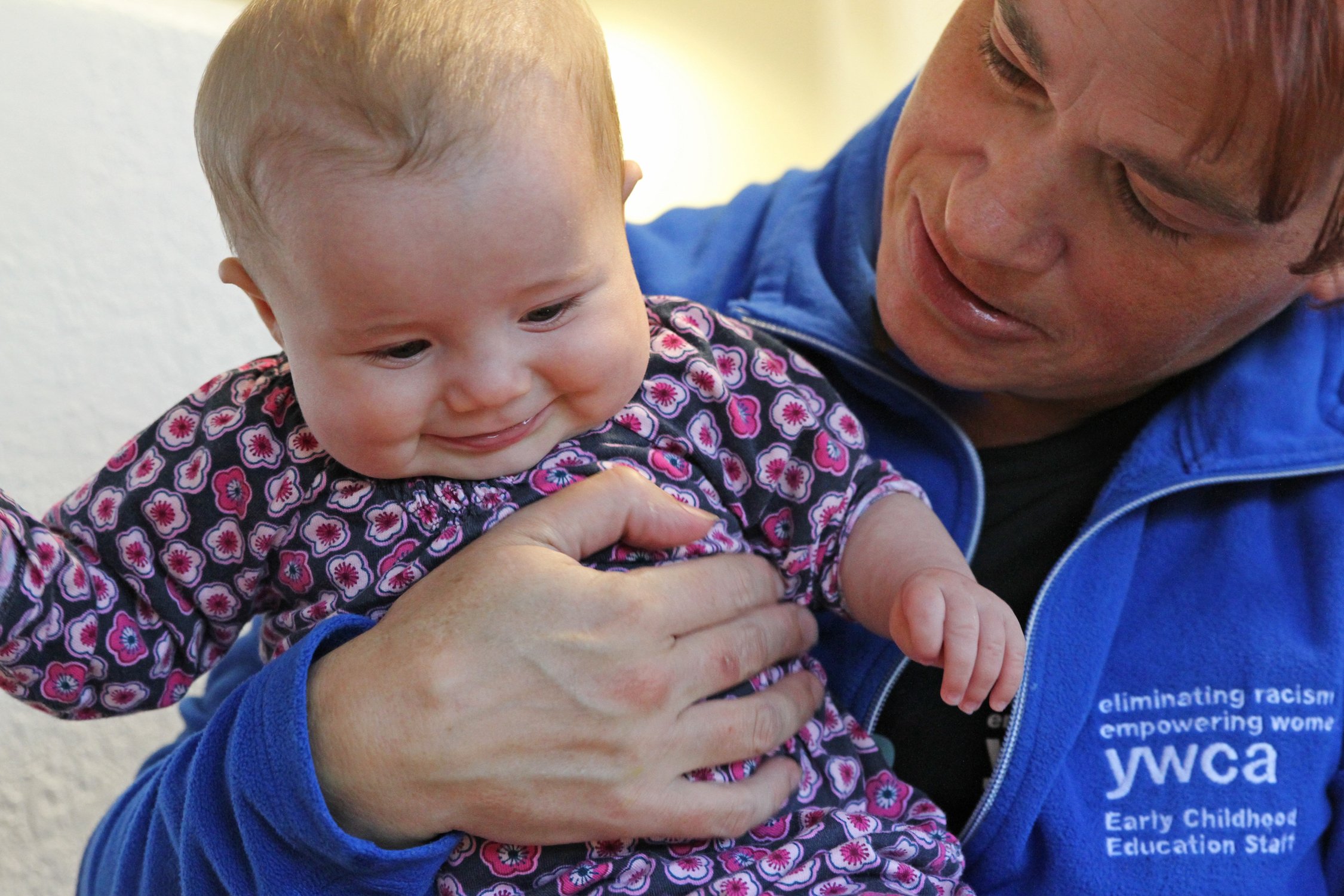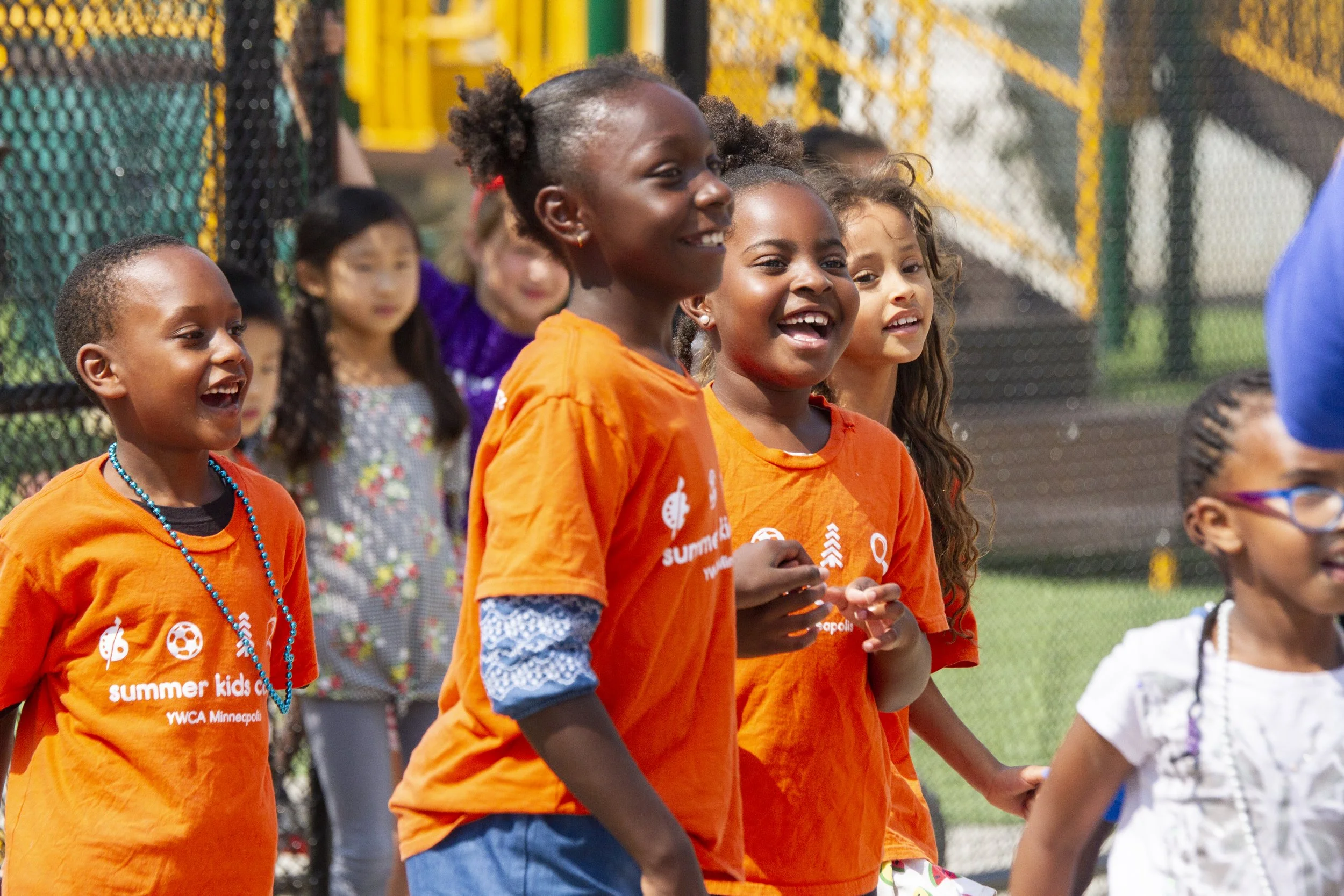Social Responsibility Curriculum in Early Childhood Education
At YWCA Minneapolis Early Childhood Education centers we use the Social Responsibility “The We Care” Curriculum. Many ask us what that means, how it looks in an early childhood classroom and why it’s so important.
So, why a socially responsible curriculum?
Zero to Three, an organization that focuses on strong starts for every child, does a great job of explaining what having a Social Responsibility Curriculum means. They tell us that when babies come into the world, they are already wired to form relationships. “From the moment of birth, children are forming connections, developing social responses and learning about themselves and the world around them”. They go on to say that “No other core issues matter if we don’t begin by acknowledging that babies come into the world with a capacity for a rich emotional life and are so much more than passive observers of the world around them”.
What does a socially responsible curriculum look like in our classrooms?
Some of the things we do at our centers to support the social emotional needs of our youngest learners is teaching about emotions and what we can do with our emotions depending on how big they feel. If you already have a child at one of our centers, you may have heard them talking about breathing to help us control those big feelings.
We start teaching our babies breathing techniques and “I Love you Rituals” and build on that as they go through the different age groups in our centers. This results in children beginning to learn the tools that will serve them with their emotions and relationships as they grow.
Another thing we do at our centers is to expose children to community needs. We teach our students about the importance of community involvement by working with them on a monthly topic that has them working directly with community needs. Through activities, discussions and experiences, children explore, learn and develop skills such as identity, diversity, justice and activism.
We currently have six topics that we rotate monthly to expose our students to a specific need and how we can directly help solve that need. The hope is that the more we expose children to what they can control in their environments, the more they are equipped with the skills that will help them navigate their world and understand that they have power over themselves and their environment at least to some extent.
Why is it so important to teach social responsibility?
An article by the National Association of the Education of Young Children (NEAYC) titled Social & Emotional Development: For Our Youngest Learners & Beyond, explains that “Perhaps more than ever, mental health and social interactions have been on the minds of many over the past year. A pandemic, ongoing systemic injustices and a contentious political season combined to create uncertainty and stress for adults and children alike.”
Between birth and three years old, a child’s brain is developing very quickly. When a child is born, there are billions of neurons in their brain. However, for the most part, these neurons are not connected. Zero to Three who claims to be “experts in translating the science of early childhood development into real impact” says that “the first three years of life are the most important for lifelong mental health and well-being”.
YWCA Minneapolis Early Childhood Education believes in the power of what we are teaching and have the belief that by teaching our youngest learners social and emotional skills, we are starting them on a path that will serve them and the greater community. We recognize children are much more than observers of the world around them and capable of generating change. YWCA’s Social Responsibility Curriculum supports the core anti-bias goals, and it includes kindness activities and components that support and help children develop and build the tools to be kind, compassionate and caring individuals.
When we care, we make a difference.




